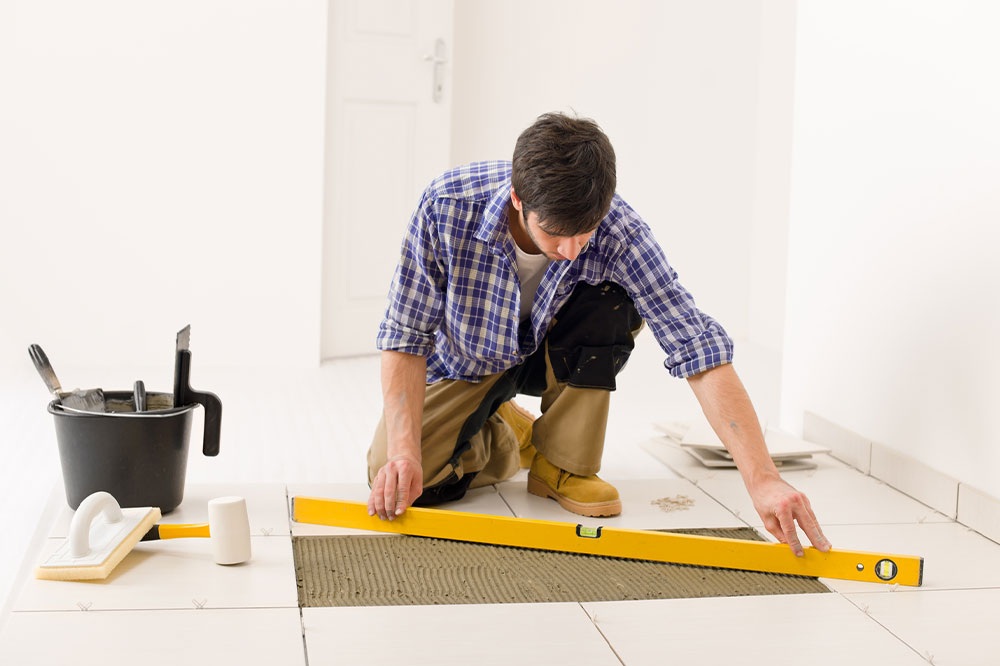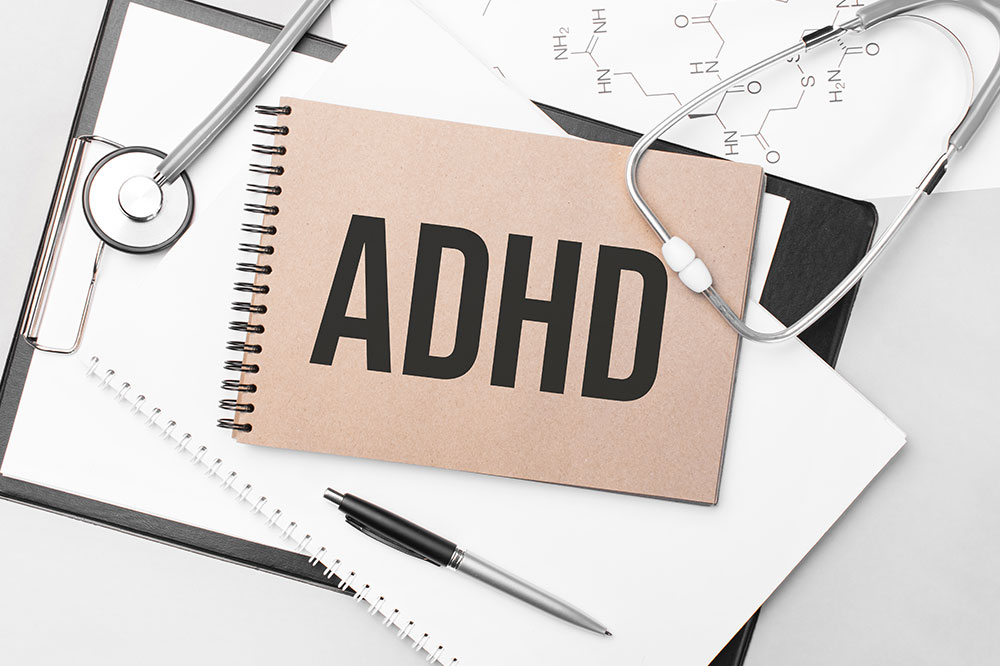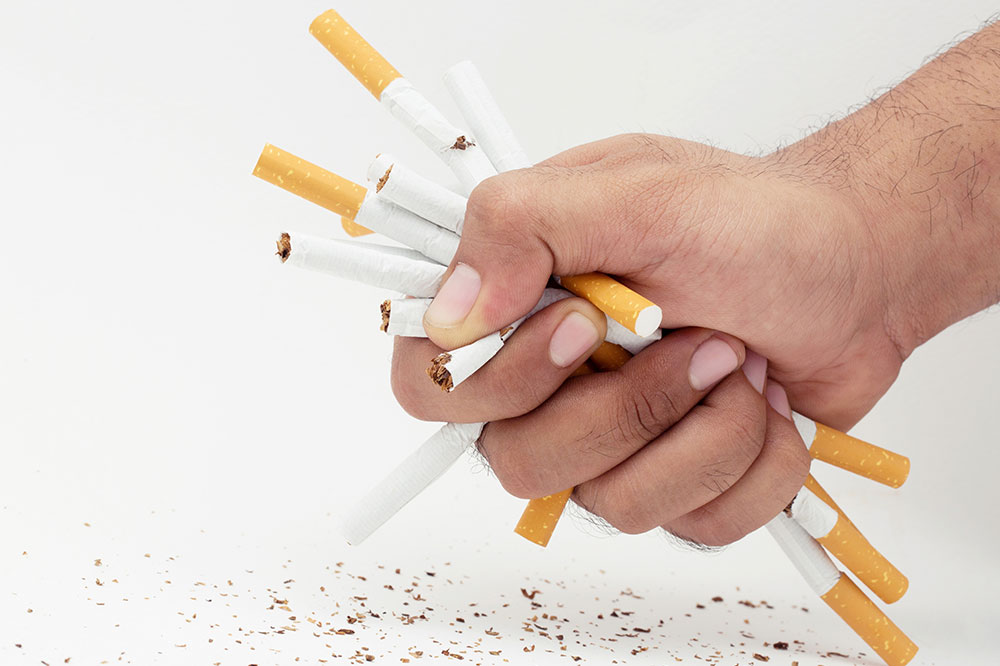7 avoidable mistakes of home improvement

Starting with home improvements is one of the most tiresome yet fruitful events one could experience. You might spend a month or more away from home. But you do so in anticipation that the redesign will look incredible. However, home upgrades can often go sideways if you don’t pay close attention to certain factors. This may also cost you more than you anticipated. Here are seven mistakes to avoid when planning to refurbish your home.
Ignoring the home’s condition
Individuals always want specific changes while upgrading their homes. However, one often ignores vital aspects of the process, such as whether or not their home’s infrastructure can support the redesign. More extensive changes could take time if a home’s structure isn’t strong. Moreover, there may also be complications during the process and unprecedented damages. So one should always check if their home can support an improvement before starting. Finally, working with experts could help save unforeseen costs.
Signing on a contactor with the lowest quote
A contractor is responsible for carrying out any upgrades smoothly and on time. And each one will quote a different budget to complete the project. But to save money, people pick contractors who offer the lowest quotes. However, such professionals may often use inferior materials and cut corners to get the work done concerning a fixed budget. So when you select a contractor to get the job done, look for one that offers the most value-for-money services rather than the cheapest alternative. Before signing the contract, ask them questions, including the type of materials they will use, work experience in the field, pictures of past projects, and certifications.
Making furniture purchases early
The home improvement phase is one of the best times to swap old furniture with new options. And most people love this part, considering they get to pick new elements for their house. However, in all the excitement, one often purchases furniture earlier than usual. But this is probably one of the biggest mistakes they could make as the furniture might not fit a given space and may be challenging to store. Moreover, it may even get stained during the project. And if one cannot return the furniture, they may incur added costs that might drive up their home improvement costs. So always hold on to new furniture purchases until the project is complete.
Holding on to utility installations
While holding on to new furniture purchases is essential, it’s not the same with utility installations. This includes toe-kick storage, washers, dryers, HVAC systems, and pantry pullouts. And one usually puts off replacing or installing these components, given that the old one still works, and also owing to a limited budget. However, if you buy the product later, it might have dimensions that do not match the assigned space in your home. And this could drive up costs to redesign the spot. So consider getting these upgrades done during the improvement process to avoid driving up the bill in the future.
Setting a fixed budget
When planning for changes in a home, people have the impression that the project will take the exact amount of money quoted by the contractor. However, this is not entirely true. Several factors may arise during the upgrade, increasing the project’s costs. This includes unprecedented damages and layout changes requested while the work progresses. So to avoid any budgeting surprises, you should expect to pay about 20% more during home improvements. At the same time, expect the project to take more time to complete than expected.
Going DIY where not required
Going the DIY way with home improvements is one of the best cheaper options. However, trying out such hacks where they are not required may result in more harm than good. For example, you could take up DIY projects like hanging wallpaper, light wood staining, wall painting, or finishing yourself. However, it’s best to leave more extensive components, such as plumbing, electrical wiring, and roofing, to experts. Hiring professionals could help avoid more enormous complications that would otherwise put your life at risk.
Forgetting documentation
While you might find the best contractor to complete a home improvement project, it is imperative to get the necessary documentation to carry out the project. Not getting a permit may lead to hefty fines levied by the concerned authorities. It may also result in the demolition of the sanctioned project. To avoid the blunder, ensure that you or the contractor have secured the necessary permits and other documentation from the local municipal building or county.






